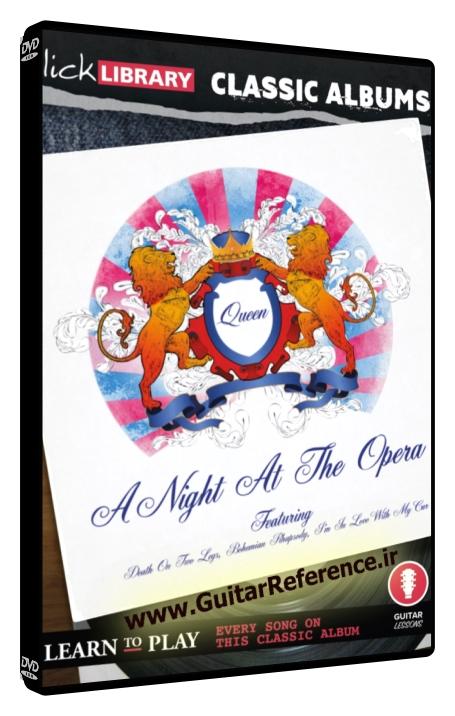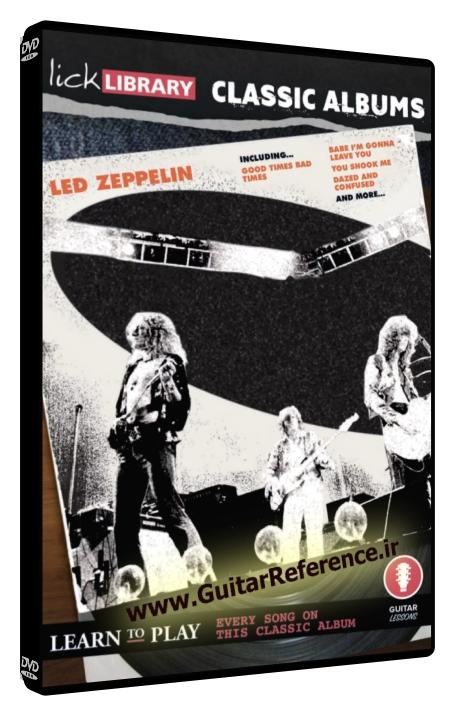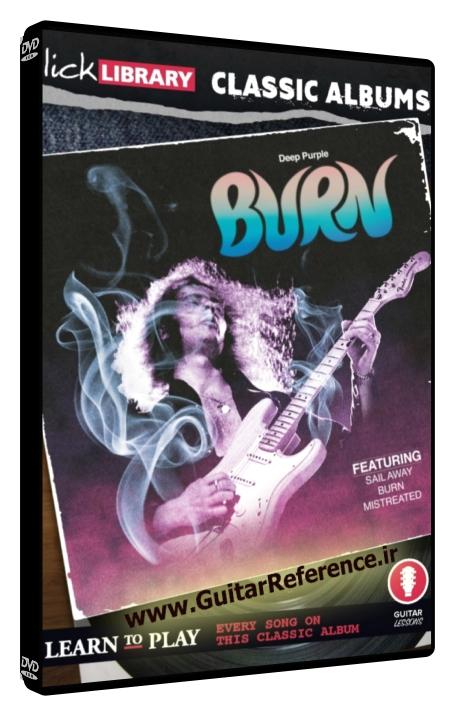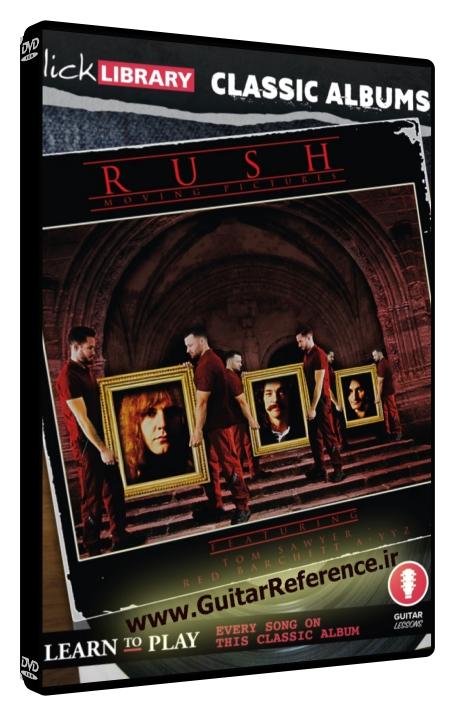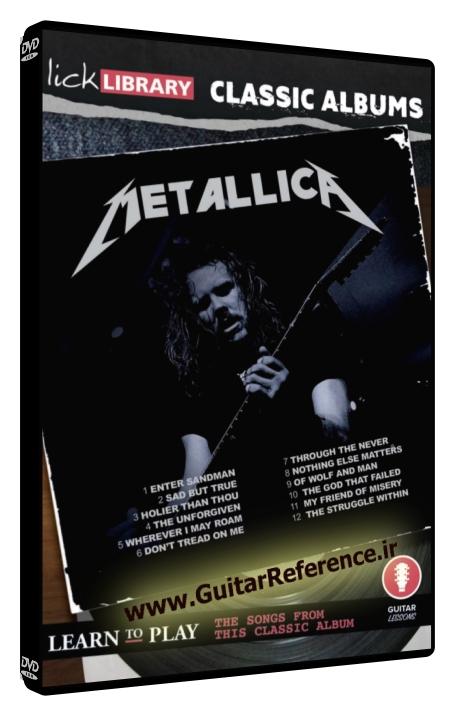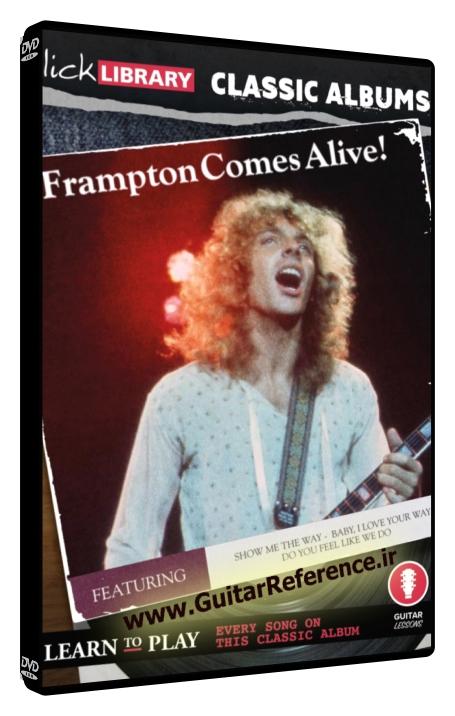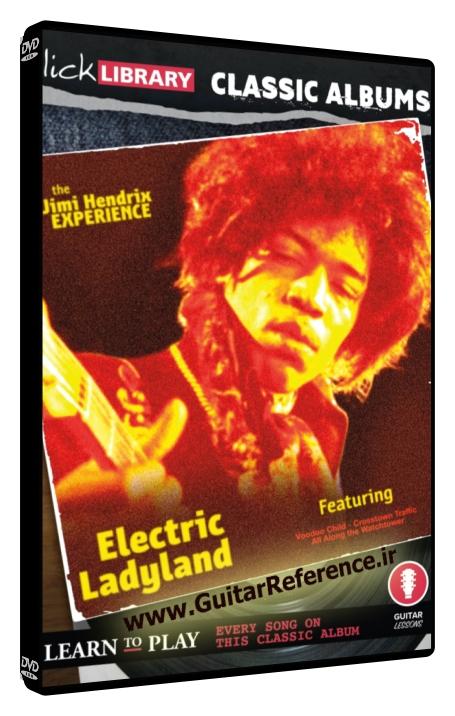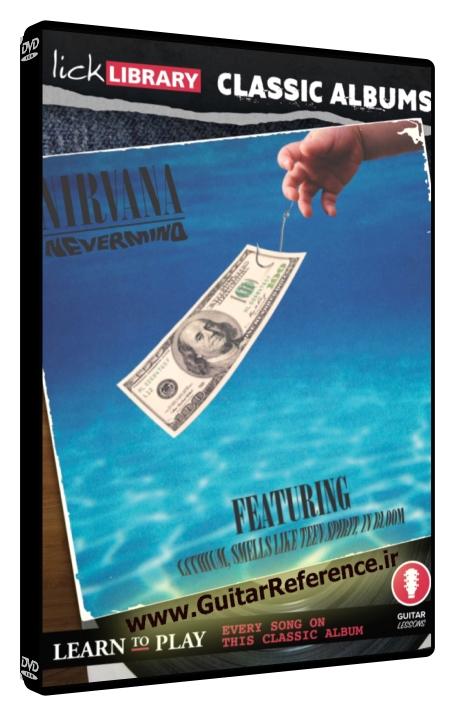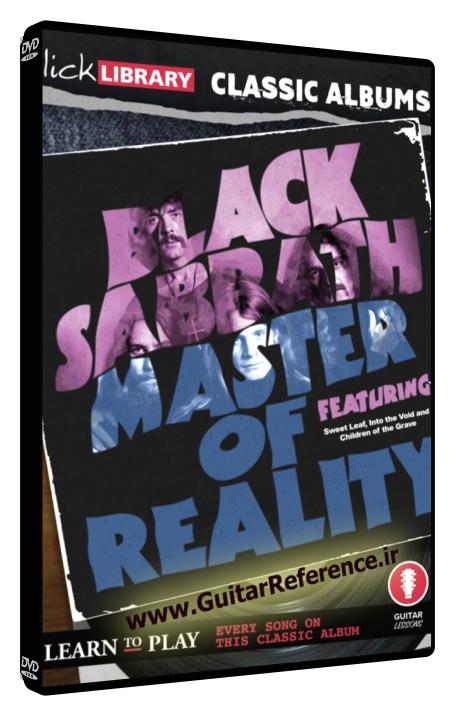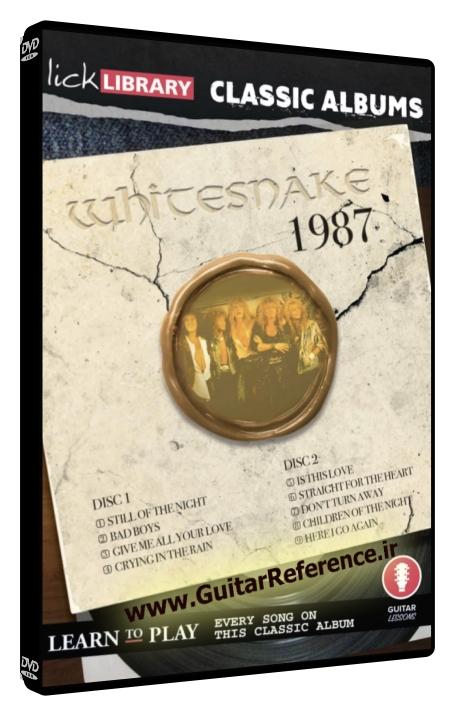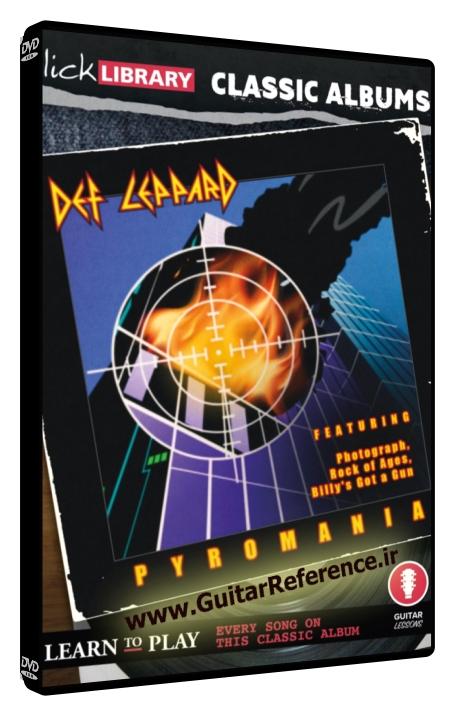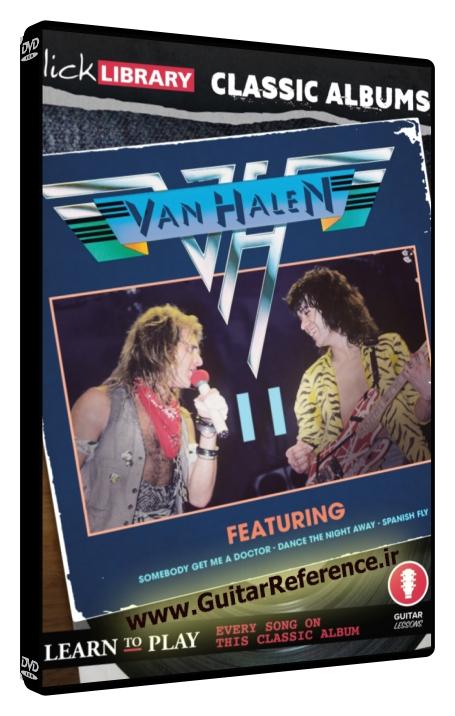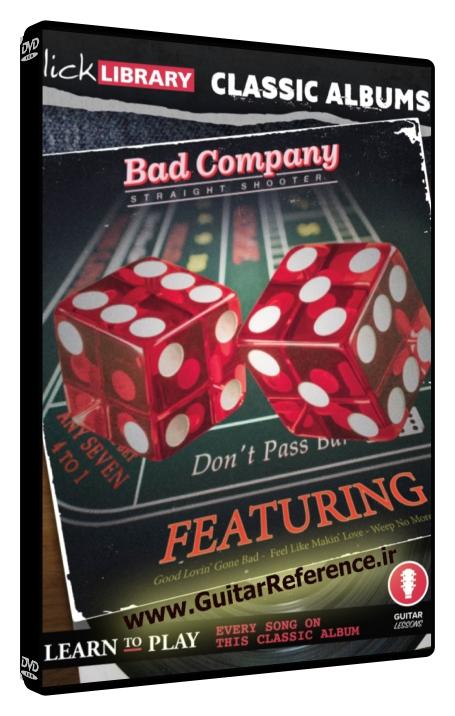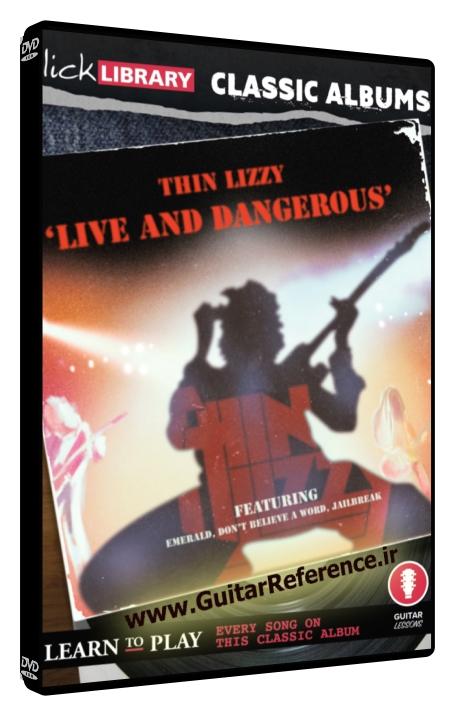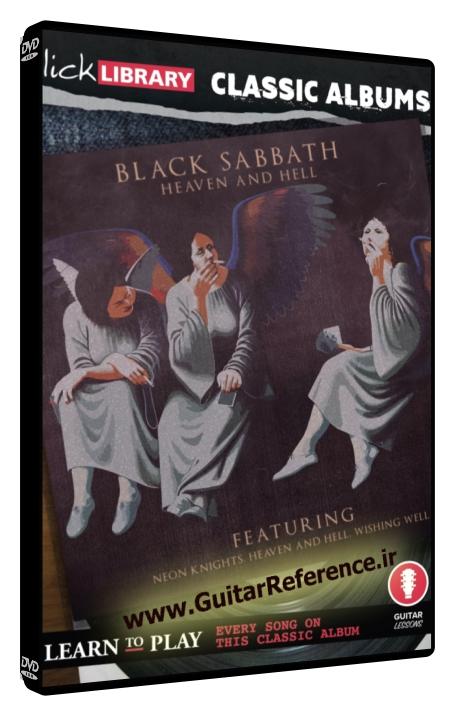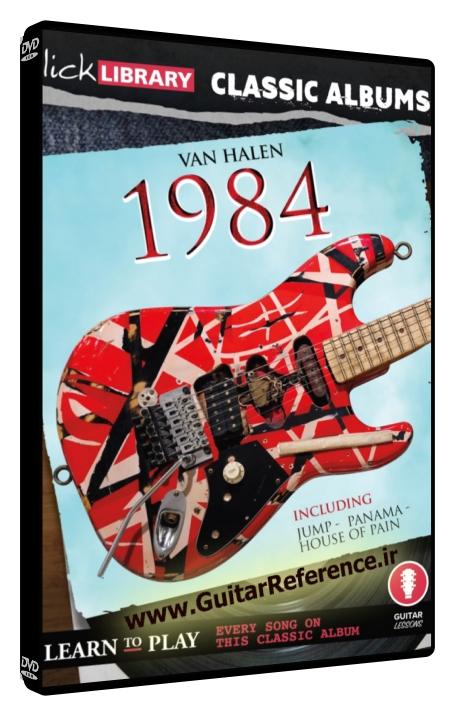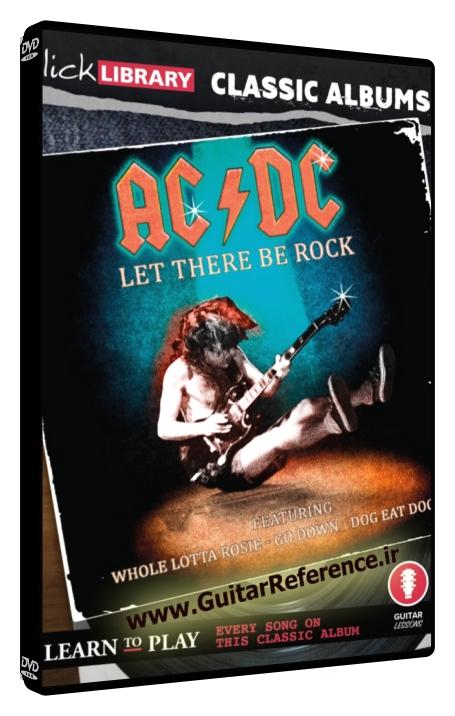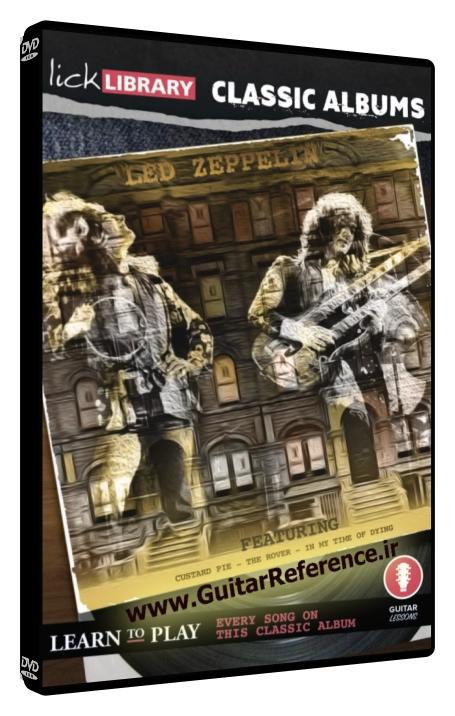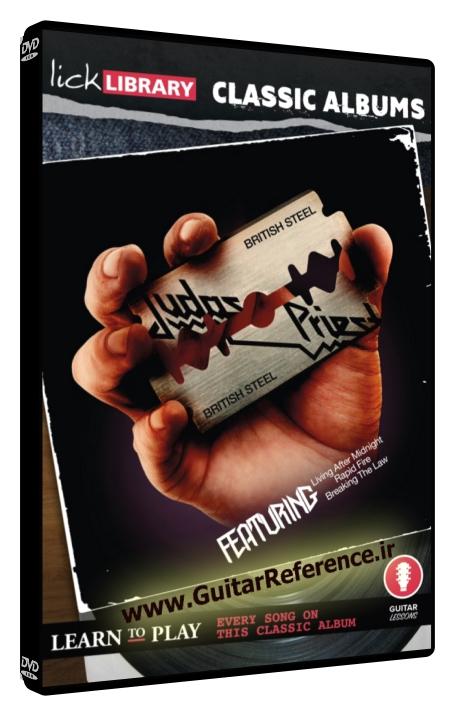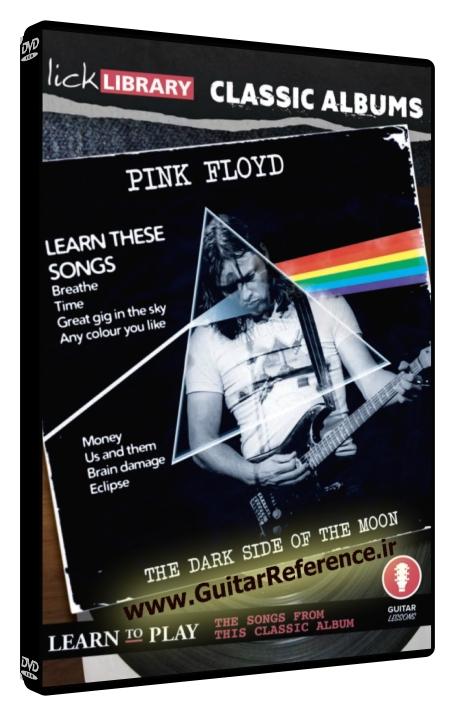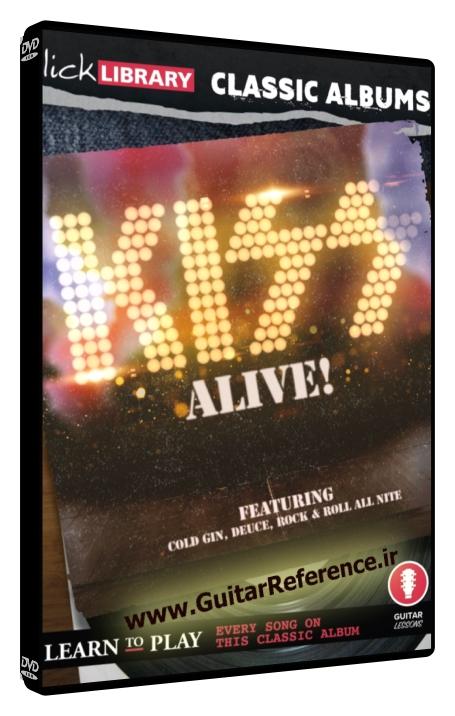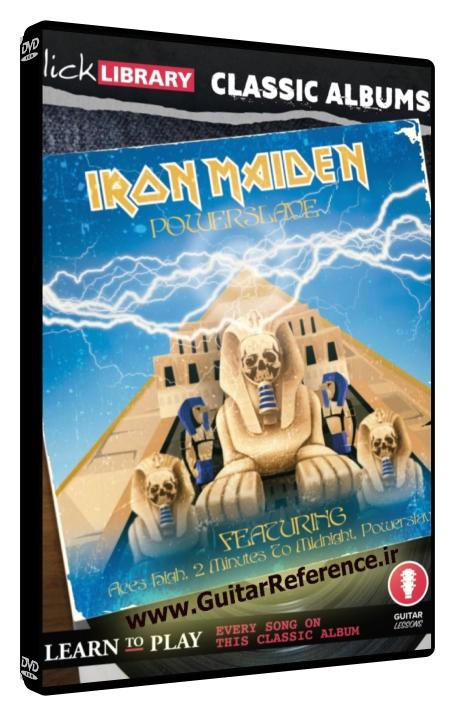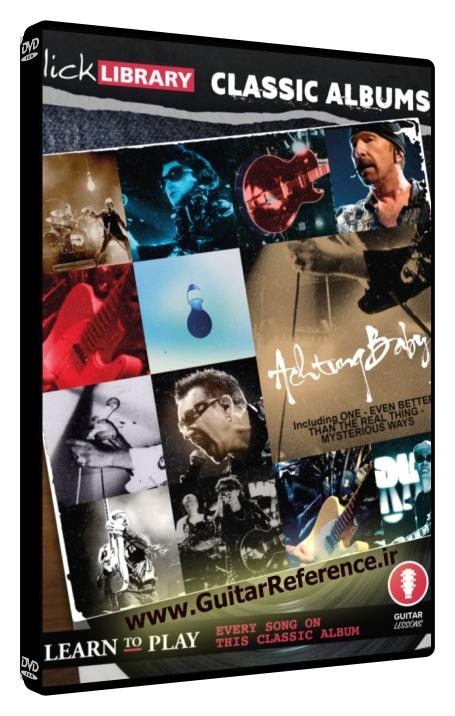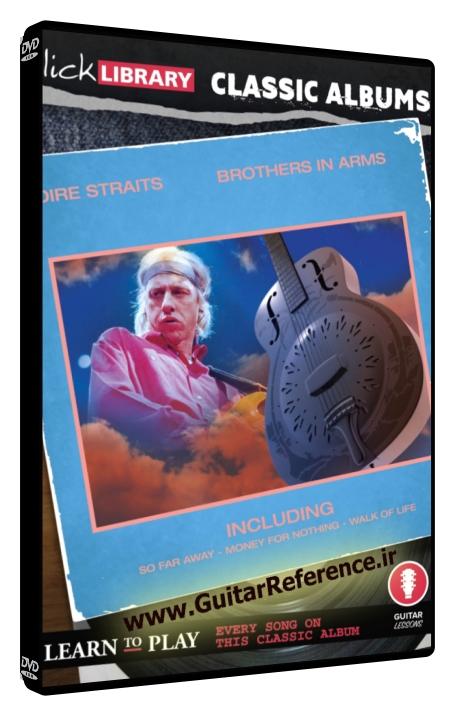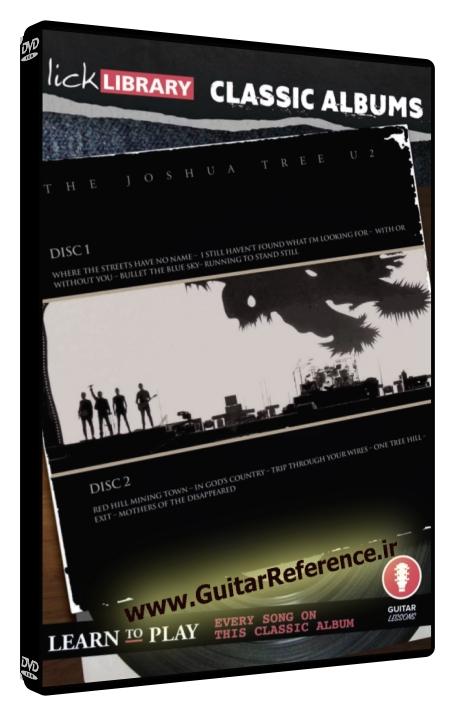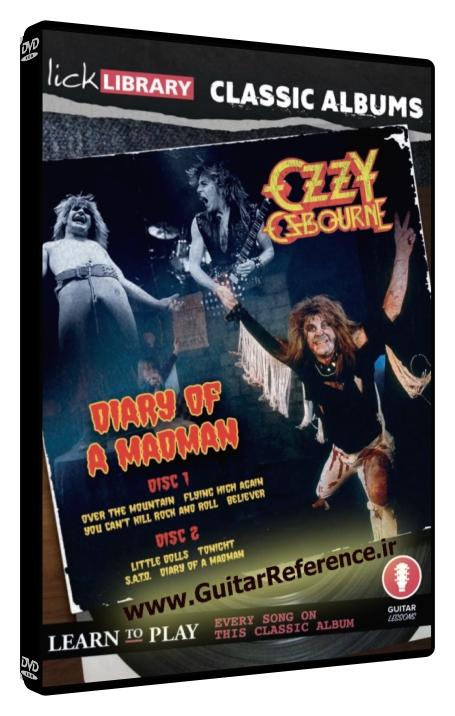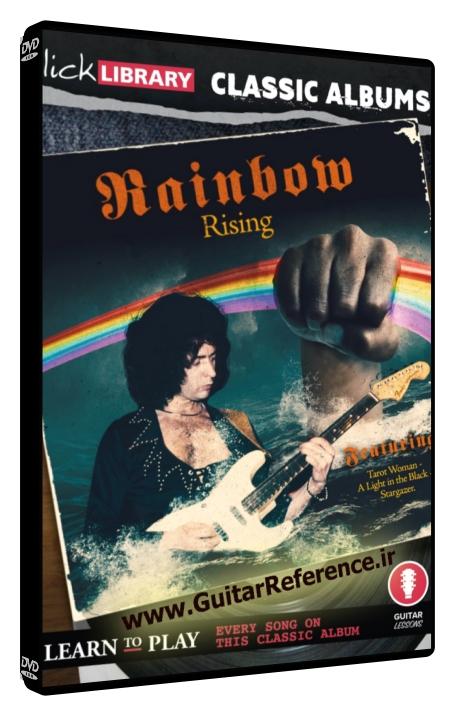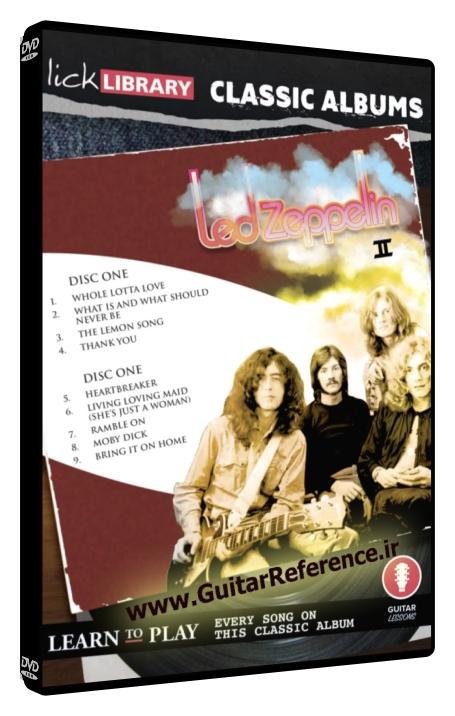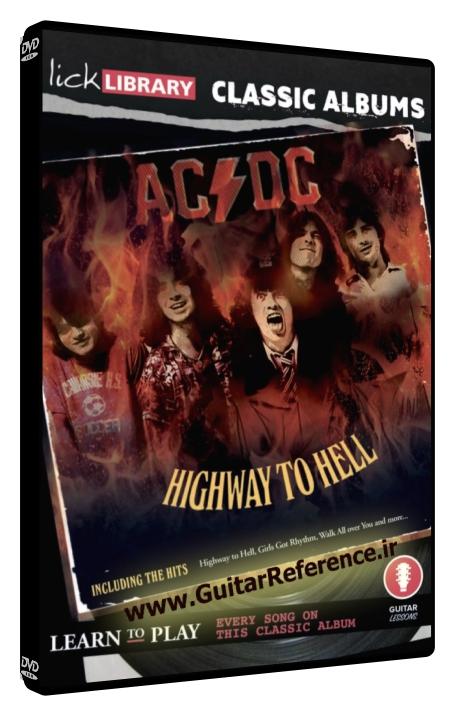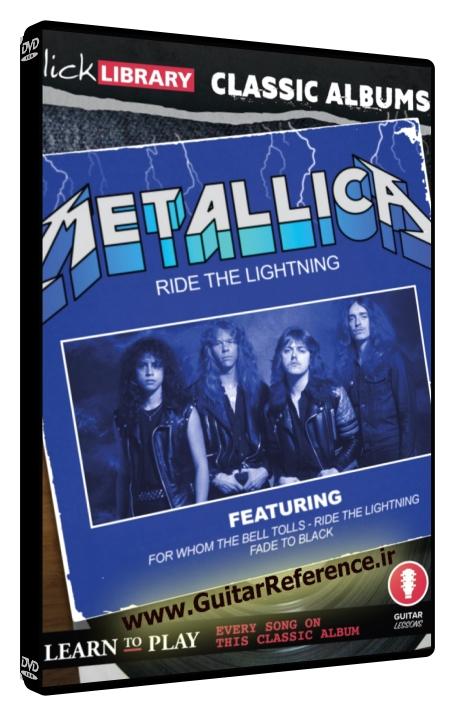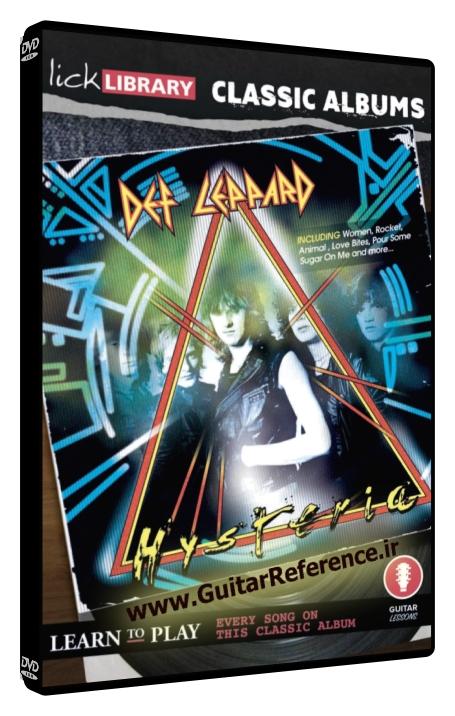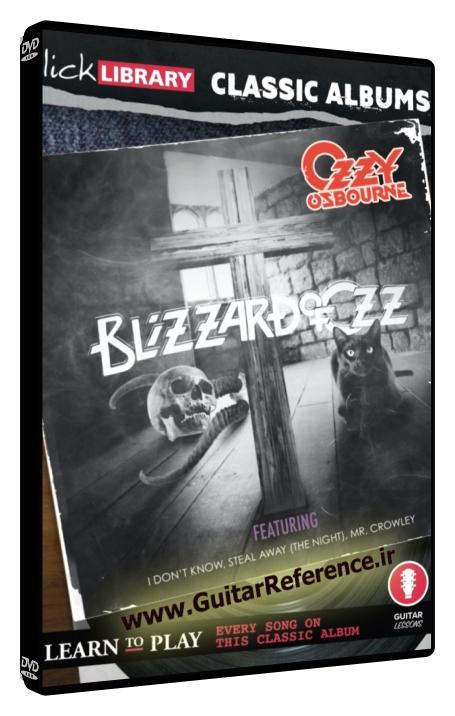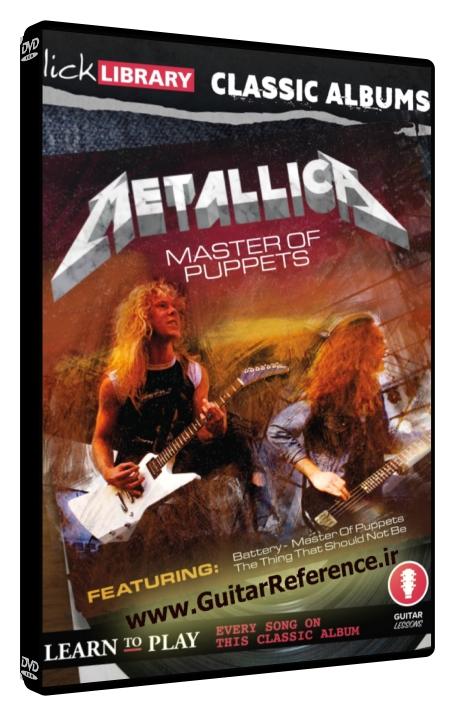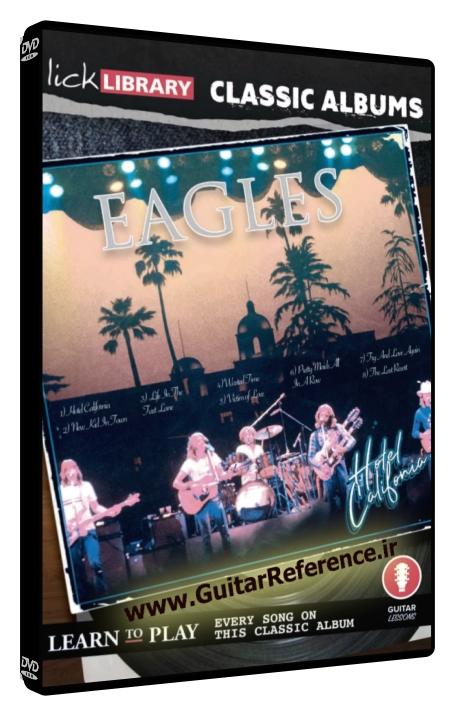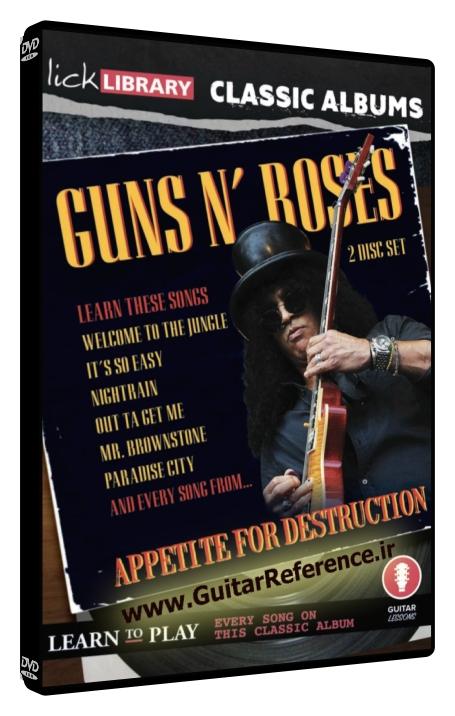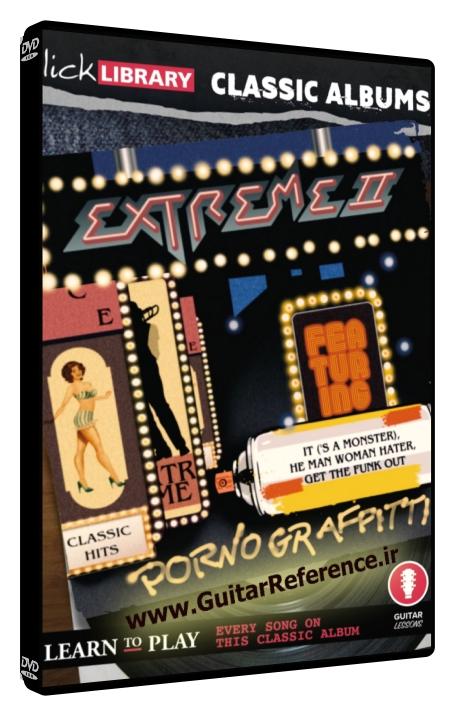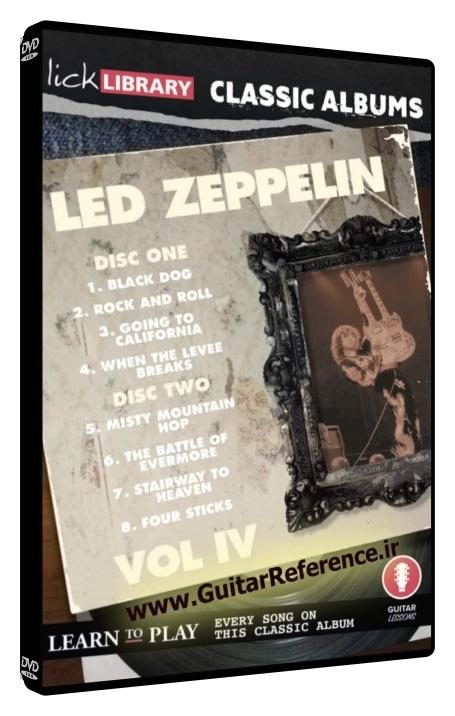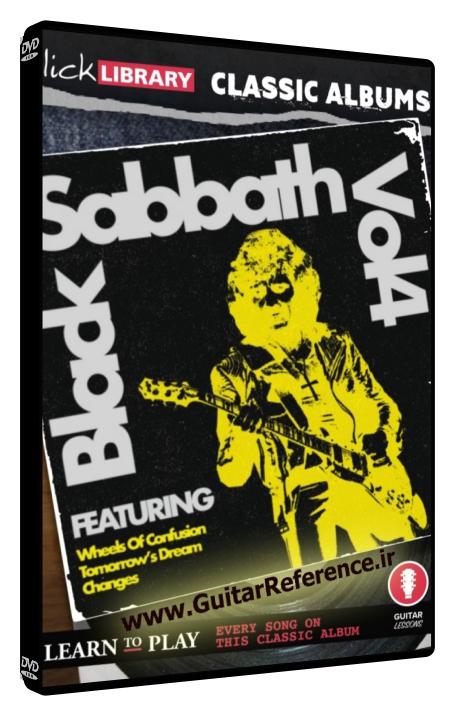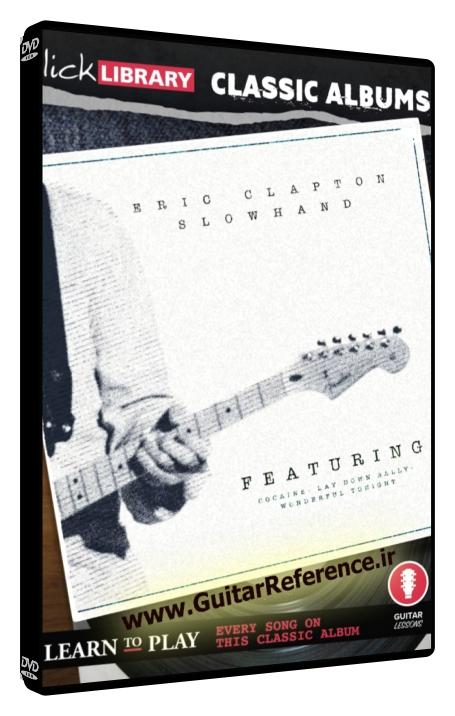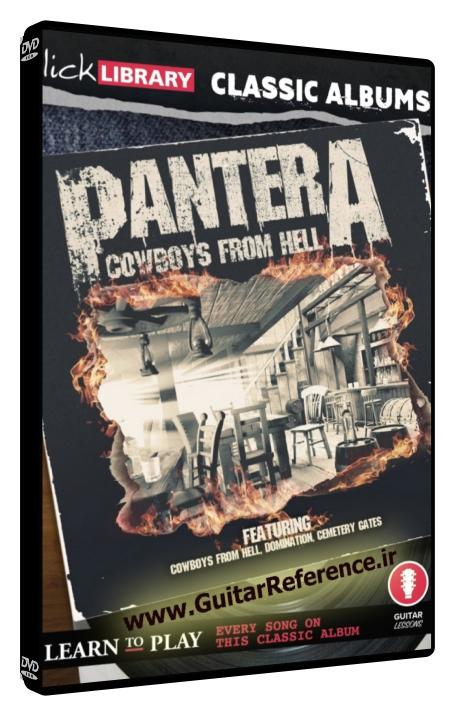Classic Albums – A Night At The Opera (Queen)
by Sam Bell
Product Size: 5.39 GB (WEBRIP)
37.99 $ 3.99 $
Description
A Guitarist’s Guide to “A Night at the Opera” by Queen
This 1975 quadruple platinum album was the springboard for Queen’s superstardom, topping both US and UK charts.
With ambitious compositions and stylistic diversity, from hard rock & prog to traditional jazz and orchestral, A Night At The Opera is the chance to not only learn how to play some of Queen’s best loved hits, but a journey into the heavier, darker, progressive and off-the-wall side of this legendary genre bending band.
In this course, Licklibrary tutor Sam Bell teaches you Brian May’s famed guitar parts and show stopping solos, taking you on a journey through one of classic rock’s most treasured albums; including Queen super hits Bohemian Rhapsody and You’re My Best Friend, plus the hard rocking Sweet Lady, the powerful Death On Two Legs and the soaring I’m in Love with my car.
Guitar Lesson 1: “Death on Two Legs (Dedicated to…)”
The opener is characterized by its biting riffage, hinting at the heavier side of the band. Brian May, the lead guitarist, constructs a tension-filled soundscape using pentatonic scales, paired with alternate picking and sustained notes, providing a haunting aura.
Guitar Lesson 2: “Lazing on a Sunday Afternoon”
This track is a delightful showcase of chromaticism, with May executing short but intricate solos, featuring slides and pull-offs to embellish the cheerful vibe of the song.
Guitar Lesson 3: “I’m in Love with My Car”
One of Queen’s most beloved anthems, it showcases May’s skillful alternate picking. The track is packed with power chords and palm-muted riffs, which are supported by a tight rhythm section, creating a punchy, rock anthem feel.
Guitar Lesson 4: “You’re My Best Friend”
May lends his expertise with an arpeggiated chord progression that runs throughout the song, with barre chords adding warmth and depth to the arrangement. His solo, in the key of C, showcases his use of double-stops and bluesy bends to create a joyful and melodic atmosphere.
Guitar Lesson 5: “’39”
This is a fascinating departure from Queen’s traditional sound. May’s finger-picking style combined with Travis picking creates an acoustic wonder, further complemented by the use of a capo to achieve the right key. It provides a folk-like sound, demonstrating the band’s versatility.
Guitar Lesson 6: “Sweet Lady”
May’s work in this track leans heavily into the realm of galloping rhythms and syncopated rhythms, crafting a rock track that is both intense and demanding. The guitar solo brings in the use of vibrato and pinched harmonics, adding extra spice to the mix.
Guitar Lesson 7: “Seaside Rendezvous”
This track is whimsical and light-hearted. The guitar takes a backseat, but May’s chord progressions and subtle finger-picking technique on the nylon-string guitar shouldn’t go unnoticed. They provide a rhythmical foundation to this vaudeville-style piece.
Guitar Lesson 8: “The Prophet’s Song”
The Prophet’s Song is a complex musical journey. From the use of open-string riffs to the intricate harmonies achieved through dual-guitar harmonies, May showcases his supreme technical abilities. He masterfully creates a sonic spectacle with extensive use of power chords and octaves.
Guitar Lesson 9: “Love of My Life”
This is one of Queen’s most emotionally charged ballads. May’s acoustic guitar part, rich in arpeggios and pre-bends, provides a melodic and harmonic backbone to the song. It perfectly complements Mercury’s soulful vocals, further exemplifying May’s role as a tasteful and versatile guitarist.
Guitar Lesson 10: “Good Company”
This track offers a complete change of pace, with May emulating a Dixieland jazz band on his homemade guitar, the “Red Special”. The guitar work involves complex chord progressions and finger-picking, showcasing May’s broad stylistic palette.
Guitar Lesson 11: “Bohemian Rhapsody”
Possibly one of the most iconic songs of all time, “Bohemian Rhapsody” demonstrates May’s genius in blending classical influences with rock sensibilities. The solo, in the key of E flat major, showcases a blend of alternate picking and legato, demonstrating May’s melodic sensibilities.
Guitar Lesson 12: “God Save the Queen”
As a closing to the album, this instrumental cover of the British National Anthem demonstrates May’s adeptness in using sustain and vibrato to convey emotion. The use of harmonics and legato, paired with the Red Special’s unique tone, creates a memorable finish to this iconic album.
Brian May’s Contribution
Brian May, with his Red Special guitar and distinctive tone, is an indispensable part of Queen’s sound. His intricate riffs, solos, and keen sense of harmony shaped “A Night at the Opera”. His masterful technique and musical sensibility bridge the gap between rock and classical music, crafting a unique soundscape that will stand the test of time.
Guitar Techniques used in “A Night at the Opera”
Alternate picking / Palm-muting / Power chords / Barre chords / Slides / Pull-offs / Double-stops / Chromaticism / Arpeggiated chord progressions / Bluesy bends / Finger-picking / Vibrato / Sustain / Harmonics / Legato / Chord progressions / Galloping rhythms / Syncopated rhythms / Pinched harmonics / Capo / Open-string riffs / Pre-bends / Dual-guitar harmonies / Octave melodies
NB: PERFORMANCE FOOTAGE NOT INCLUDED WITH THIS COURSE
